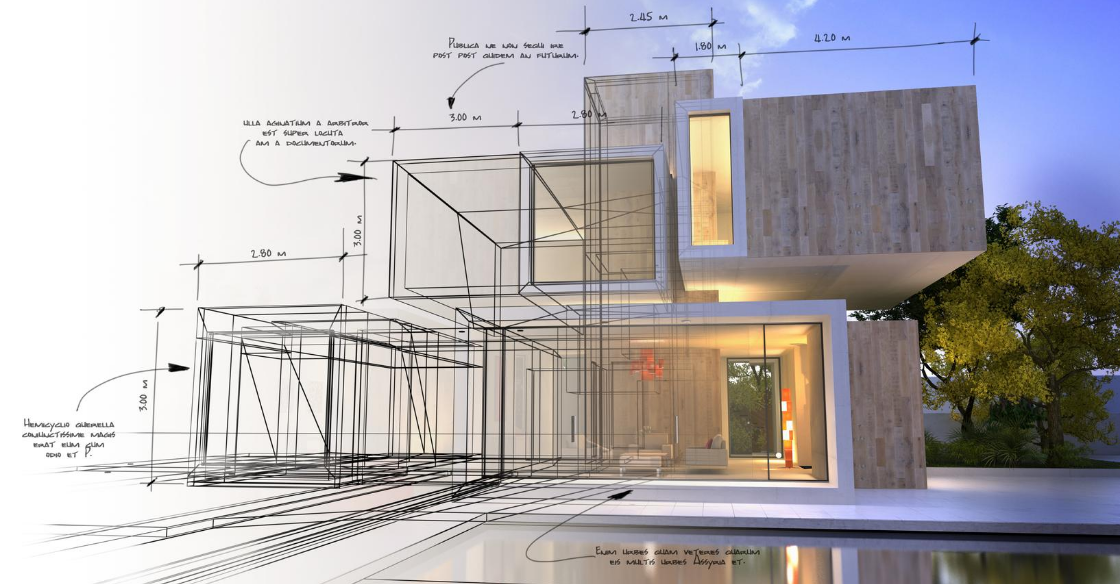The Vital Role of an Architect fit Sustainable Urban Environments for Future Generations
The role of an engineer in crafting sustainable metropolitan atmospheres is significantly critical in reacting to the obstacles of climate modification and urbanization. By perfectly incorporating environmental concepts into their layouts, architects not only enhance the visual and practical quality of city spaces however likewise address pushing concerns such as power efficiency and social equity.
Comprehending Sustainable Urban Style
Sustainable urban layout incorporates environmental principles with city planning to develop settings that are not only livable yet also resilient. This strategy highlights the relevance of including all-natural systems into the city material, guaranteeing that growth satisfies the demands of the here and now without endangering the ability of future generations to fulfill their own demands. Secret aspects of sustainable metropolitan design include reliable land usage, the promotion of biodiversity, and the assimilation of environment-friendly spaces, every one of which contribute to improved lifestyle for citizens.
In addition, sustainable metropolitan style prioritizes the reduction of the metropolitan heat island result, boosted air quality, and efficient stormwater management. It motivates using renewable energies and energy-efficient building practices, which dramatically reduced carbon footprints. Lasting urban layout cultivates social equity by producing obtainable public areas and promoting mixed-use advancements that provide to varied populaces.
Through thoughtful preparation and cutting-edge layout approaches, sustainable city atmospheres can boost area durability versus climate change while cultivating financial advancement. This alternative strategy not only addresses prompt metropolitan challenges but likewise prepares for much healthier, much more sustainable cities for generations to come.
Key Duties of Architects
Engineers play a pivotal function in forming sustainable urban atmospheres by translating design concepts right into concrete frameworks and rooms. Their duties include a wide variety of tasks that add to the general success of metropolitan style projects.
Most importantly, architects perform thorough site analyses to comprehend the ecological, social, and cultural context of their tasks. This fundamental understanding informs their style choices, ensuring that buildings integrate with their surroundings. They additionally engage in joint processes with stakeholders, including city organizers, designers, and the neighborhood, promoting a comprehensive strategy to city growth.
Additionally, architects are charged with creating styles that maximize energy performance, resource conservation, and functionality. They should stick to regional zoning regulations, developing codes, and sustainability qualifications, making sure conformity while pressing the limits of innovation.
In addition, designers are in charge of managing the design procedure, coordinating with different professionals throughout the construction stage to ensure that the vision is realized properly (cda architects). Inevitably, their function is not exclusively concerning visual appeals; it is about producing resistant, adaptive rooms that enhance the lifestyle for present and future generations, preparing for sustainable metropolitan living
Cutting-edge Products and Techniques

Furthermore, developments in technology have actually brought about the development of high-performance products, such as insulated concrete forms (ICFs) and photovoltaic glass, which contribute to power conservation and harness sustainable energy. Methods such as see here passive solar style and green roofing systems even more exemplify exactly how architecture can balance with all-natural Read More Here systems, minimizing reliance on man-made heating & cooling.
Moreover, the assimilation of wise products, which adjust to ecological changes, offers encouraging avenues for boosting structure efficiency. These products can react to temperature level variations or wetness degrees, enhancing convenience and sustainability.
Ultimately, the critical selection and application of ingenious materials and strategies encourage architects to produce city spaces that are not just useful and aesthetically pleasing yet also durable and eco liable, ensuring a sustainable future for generations ahead. cda architects.
Community Interaction and Cooperation
The success of ingenious materials and techniques in lasting city design is substantially improved by active area involvement and partnership. Architects must identify that the developed environment profoundly influences the lives of regional residents, making it imperative to entail them in the style process. Involving the neighborhood fosters a feeling of ownership and responsibility, making certain that advancements not only fulfill aesthetic and functional demands but additionally show the values and desires of those who populate them.

Successful neighborhood interaction additionally aids in focusing on social equity within city growth. By considering the voices of marginalized populations, architects can create spaces that are inclusive and equitable. By doing this, community engagement and partnership come to be integral to achieving truly lasting city settings that offer the demands of existing and future generations.
Future Patterns in Sustainable Architecture
An emerging focus on flexible reuse and round economic situation concepts is readied to redefine the landscape of sustainable architecture. As cities grapple with increasing populace thickness and environmental challenges, architects are significantly transforming to methods that enhance existing structures instead of seeking new builds. This approach not just maintains cultural heritage but additionally dramatically lowers source intake and waste.
Furthermore, innovations in technology are forming future trends in sustainable architecture. The assimilation of wise products and structure systems permits real-time energy administration, improving performance and minimizing carbon footprints. Innovations such as environment-friendly roofing systems, living walls, and energy-generating facades are ending up being conventional practices, even more advertising ecological equilibrium within city environments.
In addition, a change in the direction of biophilic layout is getting traction, highlighting the link between nature and human well-being. By including natural elements, engineers produce spaces that cultivate mental wellness while promoting biodiversity.
Final Thought
To conclude, designers are crucial ahead of time lasting city environments via their experience in layout, innovative products, and area interaction. By prioritizing power effectiveness and resource preservation, these professionals add to the creation of resilient urban areas that meet the requirements of existing and future generations. The integration of environmental concepts not just boosts livability but also promotes social equity, making certain developments resonate with the values and goals of the neighborhoods they offer.